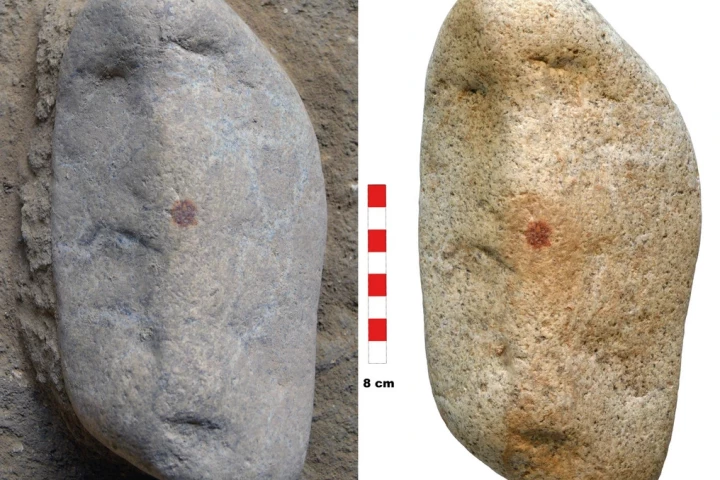Science
The latest in science news, from the depths of space to the quantum realm.
Top Science News
-
Scientists have discovered the single largest repository of gold in the world that makes Fort Knox look like a piggy bank. Making up 99.999% of all the precious metal on the planet, it's just sitting there for the taking. However, there is a catch.
-
The world's oldest human fingerprint has been discovered at an archaeological site in Spain. The fingerprint was dated at 43,000 years old and is believed to have come from a Neanderthal.
-
A new video takes you inside Dyson's impressive vertical farming operation, which is home to 1,225,000 strawberry plants and shows you how the company is applying its manufacturing knowledge to producing homegrown food for British consumers.
Load More
Latest Science News
-
Ion clock has accuracy that outlives the universe
July 18, 2025 | David SzondyIf, like me, you can't go a day without making sure your watch is synced to the second, you'll be delighted to learn that a new atomic clock has broken the record with an accuracy of 5.5 x 10⁻¹⁹ – gaining or losing one second in 57.6 billion years. -
Dogs engage with TV differently, depending on their personality
July 17, 2025 | Paul McClureEver wondered if your dog really watches TV? A new study finds that many do, and how they respond depends not just on what’s on screen, but on their personality, from excitement levels to fearfulness. -
Reckless Jurassic fish were victims of the world's oldest choking hazard
July 13, 2025 | Bronwyn ThompsonThe first known cases of accidental choking have been discovered, dating back 150 million years, when some ambitious fish got more than they bargained for while picking off algae from squid-like carcasses. It's history's oldest mealtime misadventure. -
A dead Mars may have been inevitable – and the Sun is to blame
July 12, 2025 | David SzondyNew discoveries by NASA's Curiosity Mars rover may not only explain why the Red Planet is a dry, lifeless desert, but that it may have been on an inevitable path to being a dead world despite being so similar to Earth. And the Sun is to blame. -
Prehistoric 'fat factory' reveals how Neanderthals mass-produced food
July 12, 2025 | Pranjal MalewarPaleoanthropologists are fascinated by ancient diets; they hold clues to how early humans survived and evolved. A new study reveals Neanderthals were using complex, time-consuming cooking techniques tens of thousands of years earlier than we thought. -
More than 200 new giruses discovered in the ocean
July 12, 2025 | Chelsea HaneyScientists have discovered 230 new giant viruses (girus) found to be the unseen engineers of marine ecology, impacting global carbon cycling and energy flow across the world’s oceans. -
Are thawing glaciers about to wake up dormant volcanoes around the globe?
July 11, 2025 | Pranjal MalewarFor centuries, glaciers have sat like frosty crowns atop slumbering volcanoes, keeping Earth’s fury tucked safely beneath layers of ice. But now, as climate change accelerates and glaciers retreat, the lid may be lifting, and the heat rising. -
Ancient-fossil bioconcrete traps 142% more carbon – and it’s strong as hell
July 10, 2025 | Bronwyn ThompsonUsing intricate geometry found in nature and refined through aerospace and biomedical design, scientists have now 3D-printed these forms into concrete to boost strength and capture carbon – creating a scalable material that benefits people and planet. -
Like it or not, radar means ET knows we're here
July 08, 2025 | David SzondyIf you're hoping that we can avoid the attention of alien civilizations by lying low, it's a bit late now. A new study released by the Royal Astronomical Society indicates that our radar systems are already screaming our location to ET eavesdroppers. -
Lockheed Martin offers to rescue Mars mission from budget death
July 06, 2025 | David SzondyNASA's beleaguered Mars Sample Return mission may get a reprieve from an unexpected source. Lockheed Martin has proposed a streamlined, lower-cost alternative that could slash the mission’s price tag by more than half.
Load More












